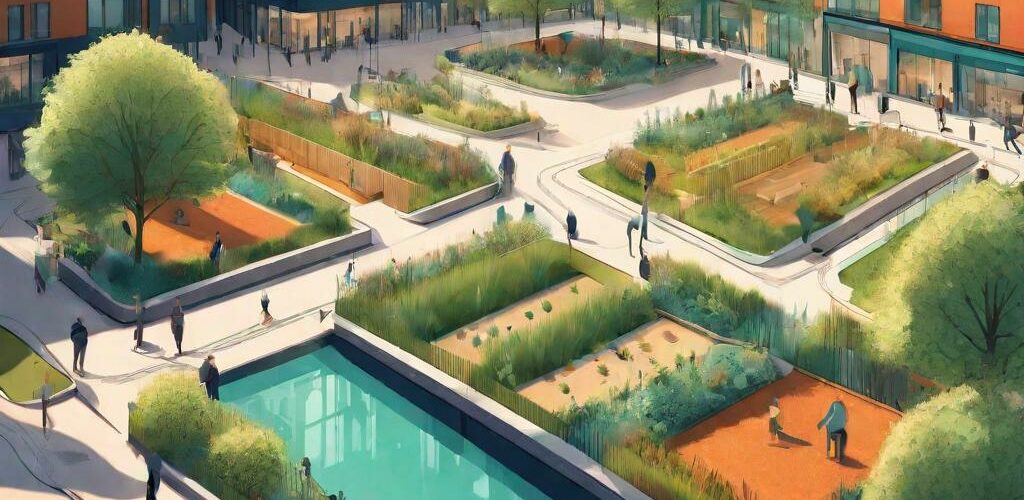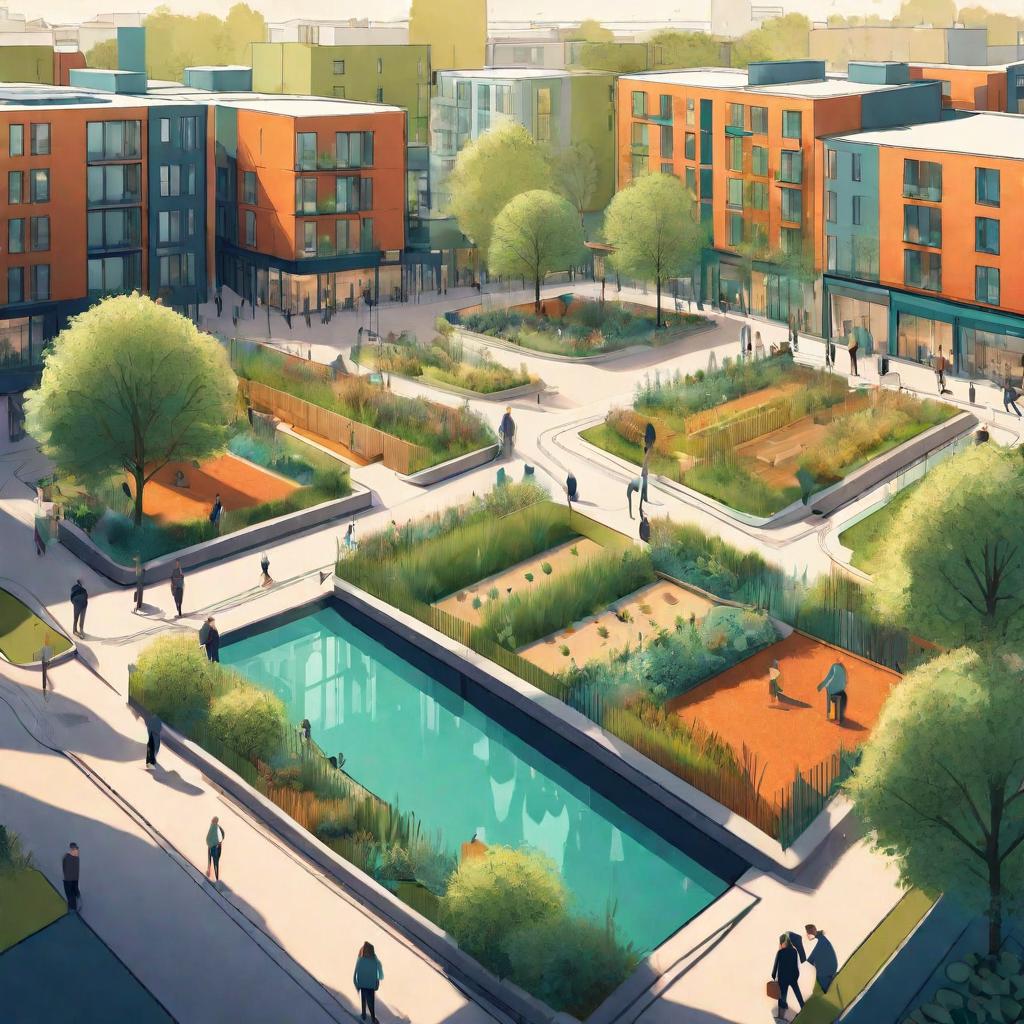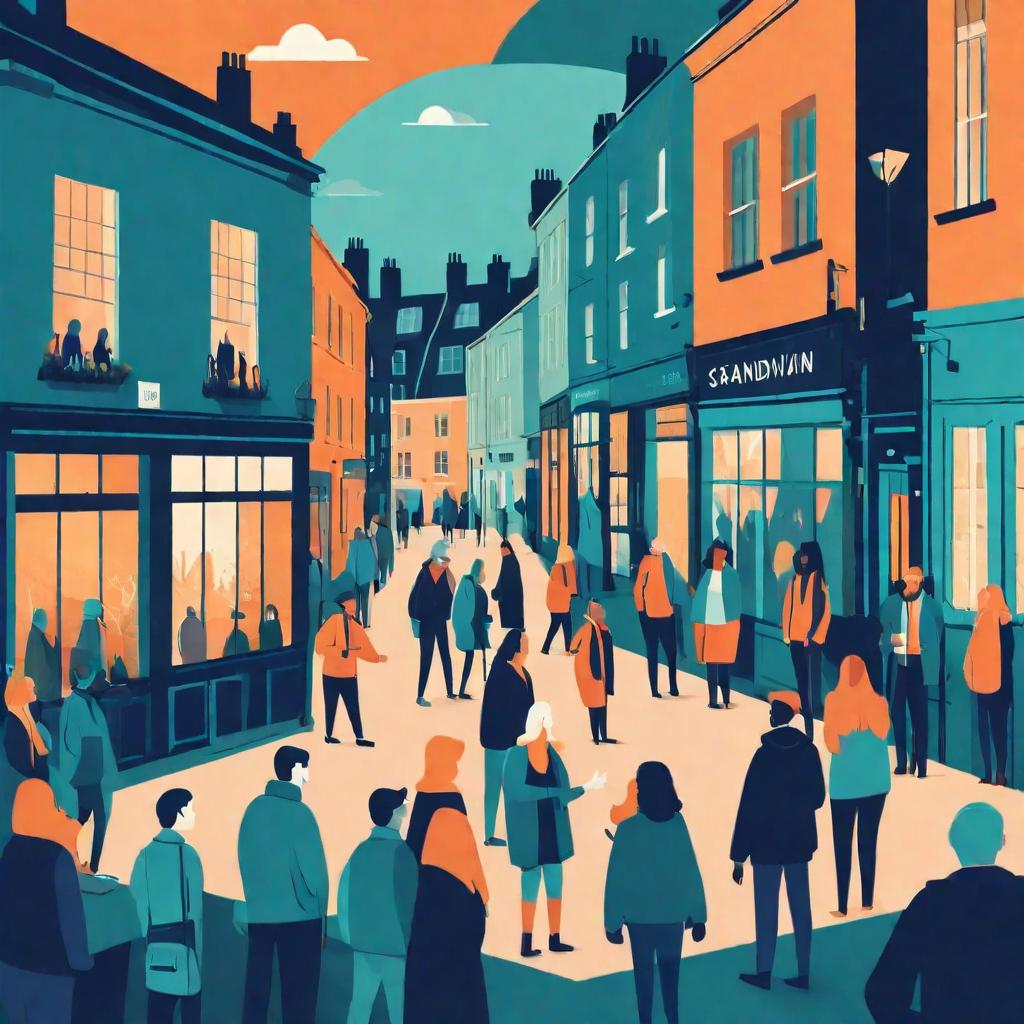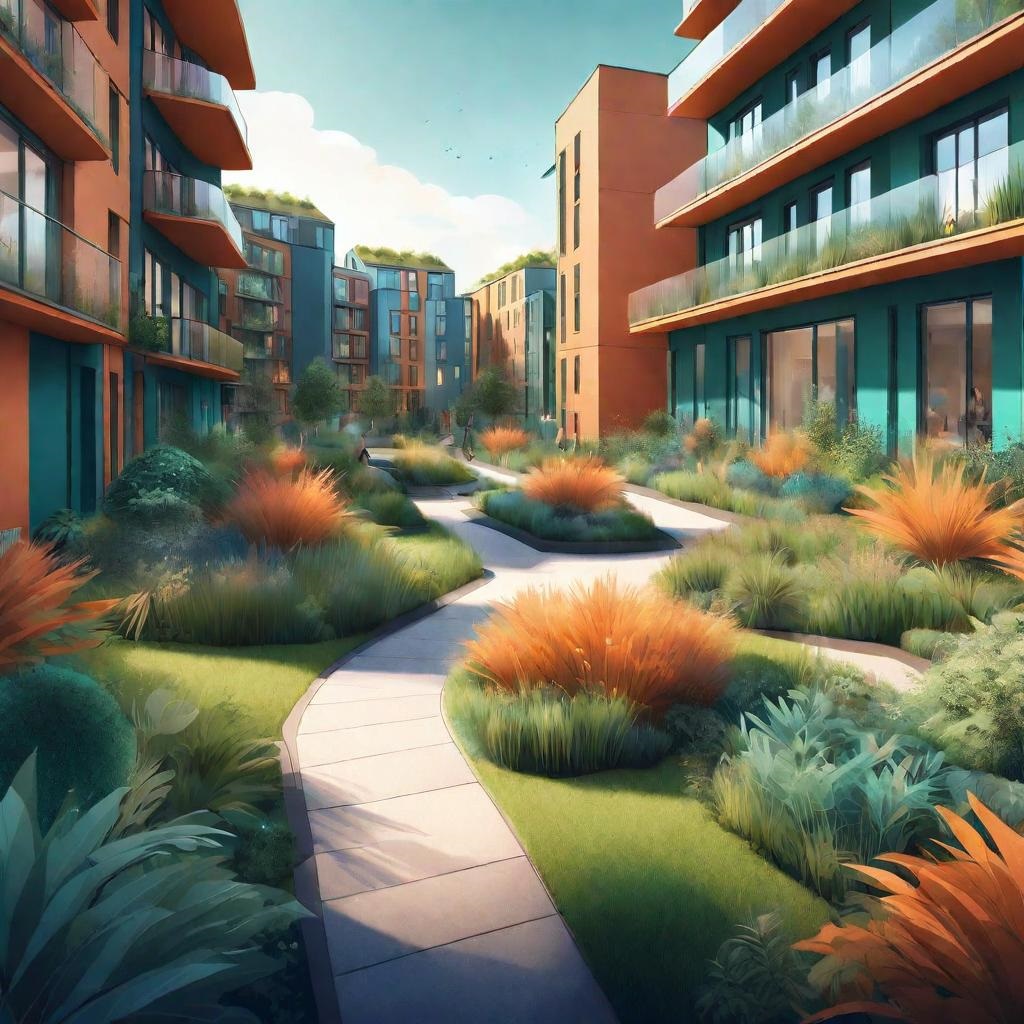
The Benefits of Investing in Bristol’s Regeneration Zones
The Advantages of Investing in Bristol’s Regeneration Zones

Bristol, a vibrant city known for its rich maritime history and thriving cultural scene, is embarked on a transformative journey through its regeneration zones. These designated areas, targeted for urban and economic revitalization, present tremendous opportunities for investors. Understanding the pivotal role these zones play in the broader economic and community development is essential for stakeholders involved in or considering investment in urban renewal projects.
1. Economic Growth and Investor Opportunities

1.1. Boost to Local Economy
Job Creation Potential: Investment in regeneration zones generates employment both directly and indirectly. Constructing new buildings requires labor, which creates immediate job opportunities, and the businesses that move into these developments also necessitate new staff.
Increased Local Spending and Circulation of Money: New and revamped businesses energize the local economy. Increased employment means more spending power within the community, which can lead to an economic multiplier effect.
1.2. Attraction of New Businesses
Types of Businesses Attracted to Regenerated Areas: Contemporary offices, retail spaces, and leisure facilities usually take root in these zones, drawing a diverse range of enterprises.
Impact on Local Industry Diversity: This influx of varied businesses catalyzes a broader industry base, reducing economic dependency on specific sectors and stabilizing the local economy.
1.3. Long-Term Financial Benefits
Property Value Appreciation: Historically, areas undergoing regeneration experience a rise in real estate values, benefiting those who invest early.
Predictions and Trends for Future Growth: Analysts often project continued growth in redeveloped areas, pointing to sustained long-term benefits for initial investors.
2. Enhancing Quality of Life

2.1. Improved Infrastructure
Upgrades to Transportation, Utilities, and Public Services: Enhancements in infrastructure, like better transportation links and upgraded utility services, make everyday life smoother and more efficient.
Impact on Daily Life and Accessibility: These improvements facilitate easier commutes and higher standards of living, making the areas more attractive to residents and businesses alike.
2.2. Greener Living Spaces
Investments in Parks and Recreational Facilities: Regeneration projects often include the development of public spaces that offer recreational opportunities and beautify the area.
Environmental Sustainability Efforts: Initiatives often focus on sustainable practices, reducing carbon footprints and promoting greener living.
2.3. Safer Communities
Reduction in Crime Rates: Revitalization efforts typically include enhanced policing and community safety measures.
Enhanced Community Policing and Surveillance: Improved lighting, CCTV, and community policing strategies foster a safer environment.
3. Community and Cultural Development

3.1. Strengthening Community Ties
Community Centers and Local Events: New or upgraded facilities become hubs for community activities, strengthening local bonds.
Enhanced Local Identity and Pride: Pride in one’s community grows as investments improve the locality’s aesthetics and functionality.
3.2. Cultural Enrichment
Support for Local Arts and Cultural Heritage: Investments often include elements that celebrate and elevate local culture, such as arts venues or enhanced public spaces that display local art.
Festivals and Community Events that Stimulate Cultural Engagement: These activities enrich the community’s cultural life and attract visitors.
3.3. Education and Training Programs
Improved Educational Facilities: Better facilities and new schools can result from investment in regeneration zones.
Job Training and Upskilling Initiatives: Programs aimed at increasing the skills of the local workforce support economic advancement and personal development.
4. Political and Social Impacts

4.1. Government Support and Initiatives
Overview of Government Incentives for Investors: Governments often provide tax incentives, grants, or other financial advantages to stimulate investment.
Collaboration between Public and Private Sectors: Successful regeneration requires coordination between these sectors, ensuring investments are strategically sound and mutually beneficial.
4.2. Social Equity and Inclusion
Efforts to Improve Housing and Reduce Disparities: Regeneration can lead to improved housing options, targeting historical inequalities.
Programs Aimed at Diverse and Underrepresented Communities: These initiatives support broader social inclusion and equity.
4.3. International Recognition and Prestige
Bristol’s Growing Image on the World Stage: As the city transforms, it gains international attention, attracting global business interests and tourism.
Attraction of International Businesses and Tourists: This new global profile encourages further investment and cultural exchange.
5. Risk Management and Challenges

5.1. Understanding Market Risks
Economic Fluctuations and Their Impacts: Investors must consider the cyclical nature of real estate and broader economic factors.
Mitigation Strategies for Investors: Diversifying investments and staying informed about economic indicators can mitigate risks.
5.2. Navigating Regulatory Environments
Key Legal and Planning Considerations: Understanding local planning laws is crucial.
Compliance with Local and National Standards: Investments must adhere to a range of regulatory standards to be viable.
5.3. Community Opposition and Engagement
Addressing Local Concerns and Objections: Effective communication with the community is essential to address fears and opposition.
Strategies for Effective Community Involvement and Communication: Regular meetings and transparent processes help in gaining community support.
Summary

Investing in Bristol’s regeneration zones promises considerable economic, social, and cultural returns. These investments are not just financially prudent but are crucial for the sustainable and inclusive growth of the city. Stakeholders stand to gain from a strategic investment in Bristol’s future, fostering an environment ripe for innovation, growth, and community development.
FAQs
What defines Bristol’s regeneration zones?
Bristol’s regeneration zones are areas within the city that are targeted for urban renewal and development to stimulate economic growth, improve infrastructure, and enhance the quality of life for residents. These zones often include projects such as new housing developments, commercial spaces, public amenities, and transportation improvements. The goal is to revitalize underutilized or deteriorated areas, attract investment, and create vibrant, sustainable communities. Notable examples include the transformation of the Temple Quarter and the redevelopment of the Harbourside, which have significantly contributed to Bristol’s growth and appeal.
How does investing in these zones differ from other types of property investment?
Investing in a regeneration zone differs from other types of property investment primarily due to the potential for higher returns and increased growth opportunities. Properties in regeneration zones are often located in areas targeted for significant urban development and improvement, which can lead to rapid appreciation in property values as the area transforms. Additionally, these investments may benefit from government incentives, improved infrastructure, and increased demand from both residential and commercial tenants. However, they may also carry higher risks, including longer development timelines and dependence on successful project completion. Investors must carefully assess the regeneration plans and market conditions to maximize potential benefits while mitigating risks.
What are the typical returns on investment in the Bristol’s regeneration zones?
Typical returns on investment in Bristol’s regeneration zones can be quite attractive due to the area’s significant urban development and improvement efforts. Investors often see higher-than-average appreciation in property values as these zones benefit from enhanced infrastructure, new amenities, and increased demand. Rental yields can also be favorable, driven by a growing population and the influx of businesses. While specific returns can vary depending on the project’s scale and location, investors commonly experience robust long-term capital growth and strong rental income. However, it is essential to consider the risks and conduct thorough research to ensure these returns align with individual investment goals and timelines.
How long does it typically take to see returns on investments in the Bristol’s regeneration zones?
Seeing returns on investments in Bristol’s regeneration zones typically takes several years, as these projects involve extensive urban development and infrastructure improvements. Investors might start noticing initial increases in property values and rental income within 3 to 5 years as the regeneration progresses and the area becomes more desirable. However, significant returns and full realization of the investment potential usually occur over a longer period, often spanning 7 to 10 years or more, depending on the project’s scope and market conditions. Patience and a long-term perspective are crucial for maximizing returns in these emerging and transforming areas.
Are there any specific sectors that benefit most from these investments?
Yes, specific sectors that benefit most from investments in Bristol’s regeneration zones include residential real estate, commercial real estate, retail, and hospitality. Residential properties often see increased demand and higher property values as the area develops and attracts more residents. Commercial real estate, including office spaces and business hubs, benefits from the influx of companies and startups drawn to the revitalized environment. Retail businesses gain from the increased foot traffic and improved infrastructure, while the hospitality sector, including hotels and restaurants, thrives due to the growing number of visitors and new residents. Overall, these sectors experience significant growth and opportunities for higher returns in regeneration zones.
Ready to capitalize on the exciting opportunities in Bristol’s regeneration zones? Let NEXA Properties guide you through the process. Our expert team specializes in identifying high-growth investment areas and offers personalized advice to maximize your returns. Contact us today!